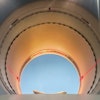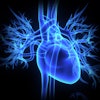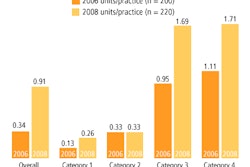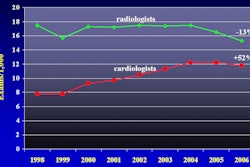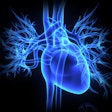Dear Cardiac Imaging Insider,
Cardiac MRI has an edge over PET myocardial viability studies, which are sometimes ordered up for patients prior to revascularization. But a new study reveals that MRI's superiority could be critical in patients with severely impaired left ventricular function.
Researchers from Germany found that late gadolinium enhancement in MRI made a critical difference in the sickest patients by depicting myocardial scarring that went unseen by FDG-PET. MRI was more pessimistic and more realistic in its evaluation of myocardial scars and perfusion deficits that were not expected to recover following surgery, according to results you'll find in this issue's Insider Exclusive.
Late gadolinium enhancement in MRI was also a risk factor for cardiac death in patients with hypertrophic cardiomyopathy, according to a story by AuntMinnie.com contributing writer Charlene Laino.
Another featured story lays bare the myth that an individual's Framingham risk score somehow correlates with his or her coronary artery plaque burden. While risk schemes are by definition based on population-wide assessments, patients are managed as if risk scores represented their personal risk. This leads to pharmacologic intervention in individuals who have no heart disease, and worse, undertreatment of patients with a high risk of cardiac events, wrote the authors. Learn more by clicking here.
People looking to cut their (theoretical, population-wide) risk of heart disease would also do well to turn in early, according to a new study of patients in the ongoing CARDIA trial. Patients who got enough sleep simply didn't develop the coronary artery calcifications that plagued the night owls, the authors wrote in the Journal of the American Medical Association.
CT can spot the culprit lesion as well as intravascular ultrasound (IVUS) can in patients with acute coronary syndromes, according to researchers from Japan who used a 64-detector-row scanner to evaluate vulnerable coronary artery plaques, which are responsible for a significant proportion of myocardial infarcts and strokes.
On the business side of things, nuclear myocardial perfusion imaging may be vulnerable to self-referral, says a study from Thomas Jefferson University Hospital in Philadelphia, which found that use of the "mature" technique has skyrocketed among cardiologists at the same time it has decreased among radiologists. Read staff writer Kate Madden Yee's report on the situation by clicking here.
Cardiologists are also making a big investment in CT. A new survey of cardiology practices across the U.S. found that the installed base of CT scanners has tripled in just two years, according to an article by contributing writer Rick Dana Barlow.
Stay abreast of who's doing what -- and be sure to scroll down for the rest of the news -- in your Cardiac Imaging Digital Community.
